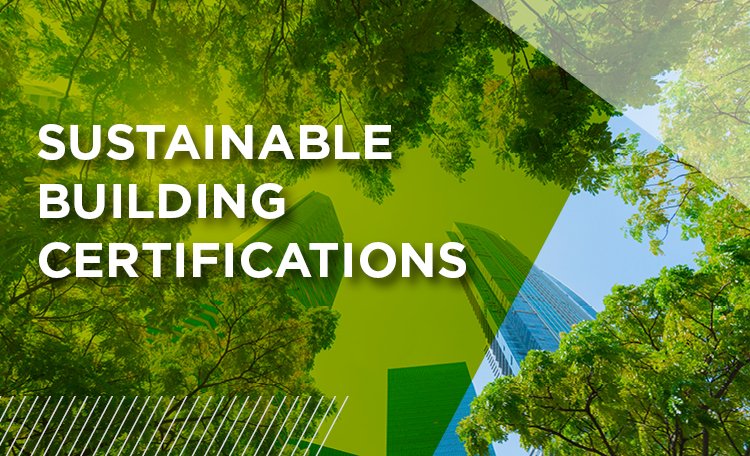The built environment plays a key role in defining how we live, grow, and thrive across the world. Humans have designed, developed, built, refined, and reinvigorated towns and cities. Without roads, railways, bridges, and tunnels, we’d still live within a few miles of where we were born. Without green spaces, public parks, water, sewage systems, education and healthcare facilities, we’d have shorter and less enjoyable lives.
With the importance of the built environment being clear, it’s critical that we understand and increasingly design our spaces to accommodate the needs of a more sustainability-driven agenda. By bringing together sustainable design, efficient use of resources and inclusivity, we will see the built environment help achieve not only net zero emissions, but also bring a positive impact to the mental and physical well-being of us all.
The need for change
The definition of what makes a built environment sustainable is evolving. Although there are clear targets—particularly around the need to achieve net zero emissions by 2050 and reduce emissions significantly by 2030—we need to do more as an industry. While these targets are commendable from an environmental perspective, it is incumbent on our industry to take a step beyond addressing the use of energy, carbon, water, and waste management. We need to take the leap from doing less bad—to doing more good.Going beyond net zero
Looking to the built environment to do more good places additional responsibility on our shoulders. Not only do buildings need to be built and operate sustainably, but they also need to offer solutions to pollution, environmental, and social damage. In other words, they need to go beyond achieving net zero emissions to delivering net positive benefits as well. By bringing together sustainable design, efficient use of resources and inclusive spaces, we will see the built environment help achieve not only net zero emissions but also bring a positive impact to the mental and physical well-being of us all.
We are recommending the following six strategies in our quest to do good:
- Sustainable design: Focus on principles that minimize the negative impacts the built environment can have. This entails seeking out energy-efficient materials, incorporating renewable energy systems, and referring to the possible orientations of a building to embrace natural light and ventilation.
- Net-zero energy and carbon neutral: Integrate renewable energy sources, aim for net-zero energy consumption, and strive for carbon-neutral status by minimizing GHG emissions throughout the building’s lifecycle: design – development – construction – operation – repurposing – decommissioning. To deliver upon this successfully, it is important that we adopt a circular economy approach, promoting resource efficiency and waste reduction. Designing buildings with reusable, recycled or repurposed materials and ensuring efficient water management will be crucial in how we change our approach.
- Healthy design and operation: Human health and well-being must be prioritized. Bringing nature into the workplace by integrating biophilic design principles helps stimulate connections to the outdoors. Good indoor air quality, a focus on natural lighting and accessible outdoor space are critical to mental well-being.
Social equity, community engagement, education and awareness: A culture of sustainability is developed through education. We should seek a developed awareness of the value the built environment brings to peoples’ lives—benefits beyond the obvious shelter and protection. Community engagement and inclusive spaces, accessible to all regardless of situation or circumstance, would fundamentally shift how the public views buildings and the spaces they occupy.
- Data, technology, policy, and regulation: Intelligent use of data analytics and smart technologies help optimize energy performance, monitor resource usage, and improve operational efficiency. A starting point is to implement building automation systems, sensors, and advanced controls to enable real-time monitoring and adjustments for optimal building performance. Achieving best-in-class energy efficiency standards, securing relevant green building certifications, and creating a situation where you have a breadth of choice of financial incentives for sustainable development are all part of doing good.
- Regenerative design: Different from the previous five strategies, regenerative design plays a crucial role in the transformation of the built environment into sustainable and regenerative spaces. Regenerative design is about moving beyond sustainability to a point where a building and connected infrastructure contribute positively to the surrounding ecosystem. Taking a regenerative design approach to our built environment addresses so many of the key considerations that should be front of mind when designing, developing, constructing, operating, and occupying a building.
The Benefits of Regenerative Design
To learn more about our strategies and how your corporation can go beyond net zero to do ‘more good,’ please contact our global sustainability leads for more information.






